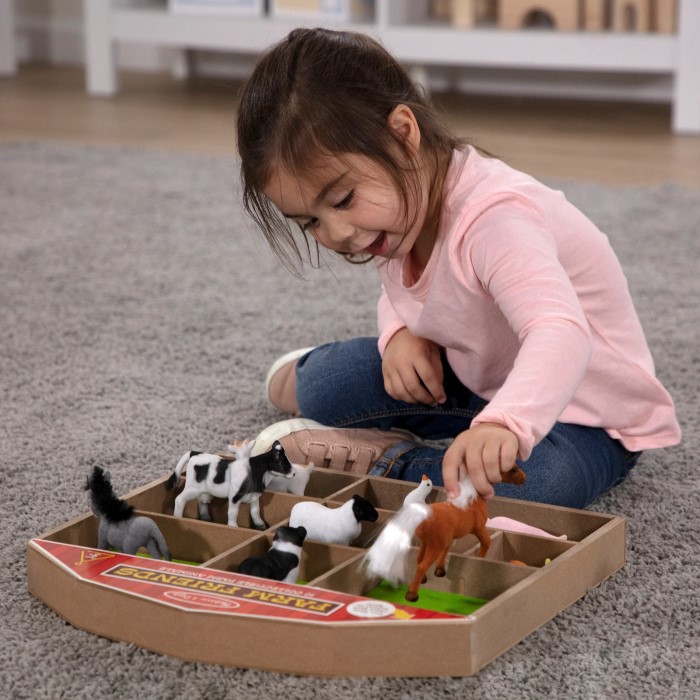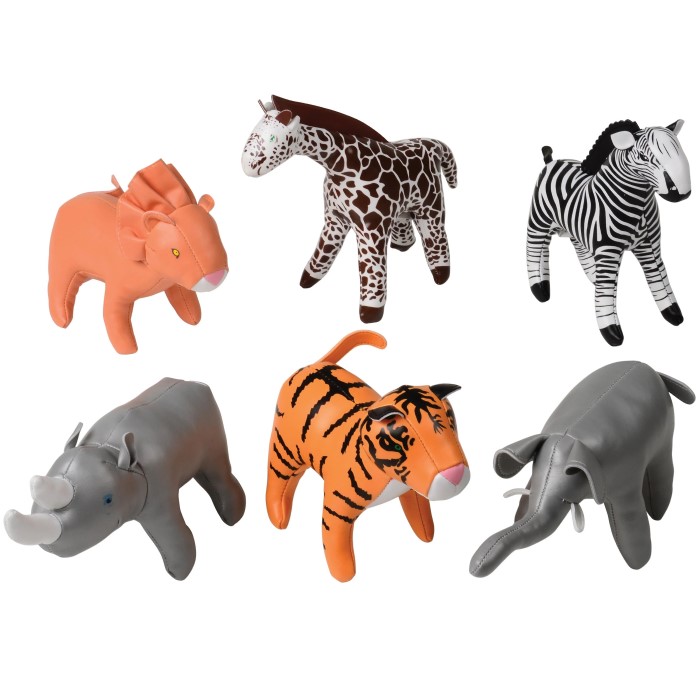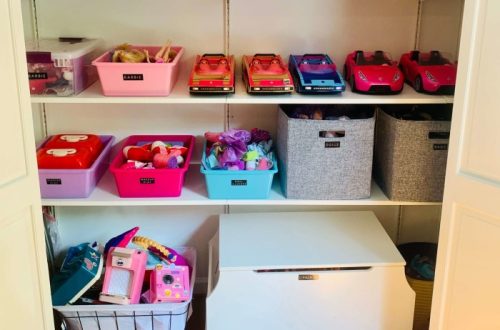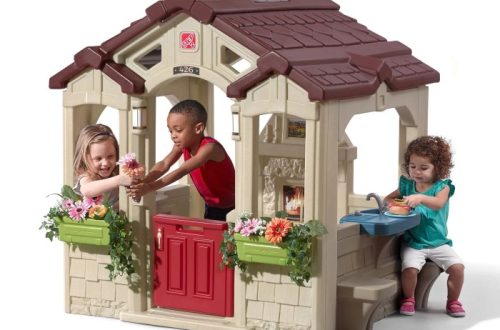Introduction
In the world of children’s play, few items spark imagination as effectively as toy animals for kids. These playful, often colorful figures allow children to explore their creativity while learning about the animal kingdom. In 2025, the landscape of toy animals is evolving rapidly, with trends focusing on educational value, sustainability, and inclusive designs. This article delves into the trending toy animals that inspire creativity, foster learning, and engage young minds in imaginative play.
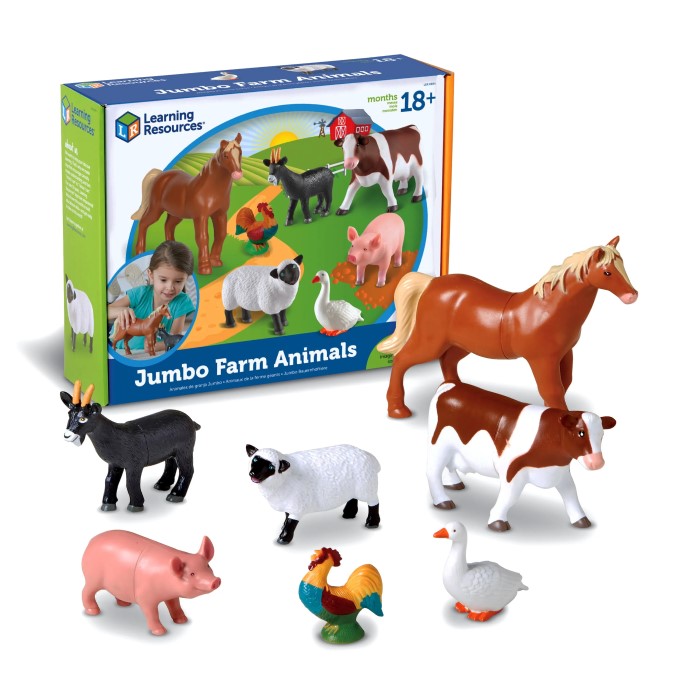
The Educational Benefits of Toy Animals
When it comes to playtime, educational value cannot be overlooked. Toy animals for kids are not just fun; they can be instrumental in a child’s development. Here are some key educational benefits:
- Learning About Nature: Playing with toy animals introduces children to different species, fostering an early appreciation for nature and wildlife. Kids learn to identify animals and understand their habitats.
- Encouraging Language Skills: As children engage in pretend play with toy animals, they often create stories and scenarios. This imaginative play nurtures language development, as kids experiment with new words and phrases while interacting with their toys.
-
Developing Fine Motor Skills: Manipulating small toy figures requires dexterity. As children grasp, move, and arrange toy animals, they enhance their fine motor skills, which are vital for tasks like writing later in life.
- Promoting Social Skills: Toy animals can facilitate cooperative play among children. Whether they are sharing, taking turns, or working together to create a scene, these interactions help develop essential social skills.
- Inspiring Creativity: Toy animals serve as instruments for storytelling. Children often create elaborate narratives in which their animal figures play significant roles, stimulating their imagination and fostering creativity.
Trending Toy Animals for 2025
As we look at the toy market in 2025, several trends stand out in the category of toy animals for kids. These trends reflect societal values, technological advancements, and the ever-evolving landscape of children’s play.
1. Eco-Friendly Animal Figures
With the rising awareness of environmental issues, parents are increasingly interested in sustainable products. Toy brands are responding by creating eco-friendly toy animals from recycled or biodegradable materials. For example, some manufacturers are using sustainable plastics or wood sourced from responsibly managed forests. This focus on sustainability not only appeals to eco-conscious families but also instills values of environmental responsibility in children.
2. Realistic Animal Designs
In 2025, there is a growing trend toward realistic toy animals that accurately represent their real-life counterparts. This trend is particularly popular among parents seeking educational experiences for their children. Realistic designs help kids learn about the animal kingdom in a meaningful way. These toys often feature detailed textures and lifelike colors, making them a valuable addition to any child’s playroom.
3. Interactive Toy Animals
Technology has touched nearly every aspect of modern life, and children’s toys are no exception. In 2025, many brands are incorporating interactive features into their toy animals. These might include sound effects, motion sensors, or compatibility with mobile apps. For instance, some toy animals can “speak,” providing fun facts about the species and enhancing the educational experience. This interactive play bridges the gap between physical toys and digital learning, keeping children engaged and excited.
4. Diverse Representation
As society becomes more inclusive, so too do children’s toys. Brands are increasingly creating diverse toy animal figures that represent different cultures and regions. This trend is essential for helping children understand the diversity of the world they live in. Companies are releasing sets of toy animals that include animals from various continents, offering a broad range of educational opportunities.
5. Themed Animal Sets
Another exciting trend in 2025 is themed animal sets. These sets often include toys from specific ecosystems, such as savannah animals, rainforest dwellers, or marine life. By focusing on thematic groups, children can learn about different habitats and the relationships between various species. This format encourages storytelling and imaginative play, allowing kids to create diverse scenarios and experiences in their playtime.
How Toy Animals Enhance Creative Play
Creative play is vital for children’s cognitive, social, and emotional development. Toy animals for kids are excellent mediums for fostering creativity. Here are several ways these toys enhance imaginative play:
Storytelling Opportunities
- Creating Unique Narratives: Children have a natural affinity for storytelling, and when they play with toy animals, they often create unique narratives. They invent characters with distinct personalities, traits, and motivations, which sparks their imagination.
- Developing Plot Structures: As children create stories, they typically develop beginning, middle, and end structures. This teaches them about storytelling elements such as conflict, resolution, and character development.
- Encouraging Creativity: Engaging in storytelling through play allows children to express their ideas and emotions creatively. They can explore complex themes, such as friendship, adventure, and bravery.
- Enhancing Language Skills: Storytelling encourages children to articulate their thoughts clearly and use language creatively. This practice enhances verbal skills and expands their vocabulary.
- Inspiring Critical Thinking: Inventing characters and plots requires critical thinking. Children must consider what their characters want, what obstacles they face, and how to overcome those challenges, promoting cognitive development.
Role-Playing
- Mirroring Real-Life Situations: Incorporating toy animals into play enables children to engage in role-playing scenarios that mirror real-life situations. For example, they might pretend to care for a sick animal or explore a jungle environment.
- Experimenting with Social Roles: Through role-playing, children can experiment with various social roles. They might take on the part of a veterinarian, a wildlife explorer, or even an animal itself, which helps them understand perspectives different from their own.
- Building Empathy: By putting themselves in the shoes of animals or caretakers, children learn to empathize with the feelings and experiences of others. This emotional connection is crucial for developing social awareness.
- Encouraging Responsibility: When children pretend to care for their toy animals, they learn about responsibility and nurturing. This kind of play can lead to increased patience and understanding of taking care of living beings.
- Facilitating Problem-Solving: Role-playing often involves problem-solving as children navigate challenges that arise in their imaginary scenarios. They learn to think critically and devise solutions, building cognitive skills through play.
Building and Creating
- Crafting Habitats: Many children enjoy creating environments for their toy animals. They might construct habitats with building blocks, cardboard boxes, or even natural materials like leaves and twigs found in the backyard.
- Encouraging Creativity and Imagination: Designing habitats allows children to unleash their creativity. They can imagine different ecosystems, such as a jungle, desert, or ocean, enhancing their imaginative play.
- Promoting Spatial Awareness: As children build and design environments, they develop spatial awareness. Understanding how different pieces fit together and how to create functional play spaces helps them grasp fundamental engineering concepts.
- Fostering Problem-Solving Skills: Crafting habitats often requires problem-solving as children decide how to arrange their materials and ensure that their creations effectively represent the environments where their toy animals would live.
- Real-World Learning: By recreating animal habitats, children can learn about ecosystems, food chains, and the natural world, further enriching their educational experiences outside formal learning.
Collaboration and Negotiation
- Working Together: When children play with others, they often collaborate to create stories or set up play scenes. This teamwork is essential for developing social skills, including communication and negotiation.
- Negotiating Roles and Ideas: During collaborative play, children must negotiate their roles and ideas. They learn to respect others’ opinions and find compromises to build a shared narrative or game.
- Building Leadership Skills: Collaborative play gives children opportunities to take the lead or support others. They learn to recognize when to step forward and when to encourage their peers, developing leadership qualities.
- Conflict Resolution: Working together in a play scenario can lead to disagreements. Through collaboration, children practice resolving conflicts, an important life skill that improves their emotional intelligence.
- Creating a Sense of Community: Engaging in collaborative play fosters a sense of belonging and community among children. It helps them learn the value of teamwork, building friendships that can last beyond playtime.
Sensory Play
- Engaging with Varied Textures: Many realistic toy animals come with different textures and materials. Engaging with these tactile elements enhances children’s sensory experiences and stimulates their touch senses.
- Color Recognition and Learning: Vibrant colors and intricate designs stimulate visual senses. Children learn to recognize and name colors while also developing their aesthetic preferences.
- Encouraging Imaginative Play: Sensory play not only introduces various textures and colors; it also encourages imaginative scenarios. Children might imagine their toy animals feeling different textures or interacting with various sensory elements in their environments.
- Enhancing Cognitive Development: Sensory experiences play a vital role in cognitive development. By exploring different materials, children enhance their knowledge about the world around them and how materials can feel or behave.
- Supporting Emotional Regulation: Engaging in sensory play can also help children regulate their emotions. The calming effect of tactile experiences can soothe children, offering them a way to manage stress or overwhelming feelings.
FAQs
As parents seek to learn more about toy animals for kids, several common questions arise. Below are some frequently asked questions:
- What are the benefits of toy animals for kids?
Toy animals promote learning about nature, enhance language skills, help develop fine motor skills, and encourage social interactions through cooperative play. - What types of toy animals are popular for kids in 2025?
In 2025, popular toy animals features eco-friendly materials, realistic designs, interactive elements, diverse representations, and themed sets. - How can toy animals help with education?
Toy animals help educate children by introducing them to different species, stimulating storytelling, and enhancing creativity while they play. - Are interactive toy animals worth the investment?
Yes, interactive toy animals provide valuable educational experiences, keeping children engaged and encouraging learning through technology integration. - What should parents look for when buying toy animals?
Parents should consider the materials, safety standards, educational value, and whether the toys promote imaginative play and creativity.
Conclusion
In conclusion, toy animals for kids continue to play a crucial role in fostering creativity and learning. As we move into 2025, various trends such as sustainability, realism, and interactive features enhance the play experience and engage young minds. Parents seeking to support their children’s development can look to the exciting offerings in the market, ensuring they choose toys that inspire imagination, educate, and provide endless hours of fun.
By understanding the current trends and recognizing the benefits, parents can make informed choices that contribute to their children’s growth and creativity. Embrace the joy of play with these trending toy animals and watch as your children’s imaginations soar!
